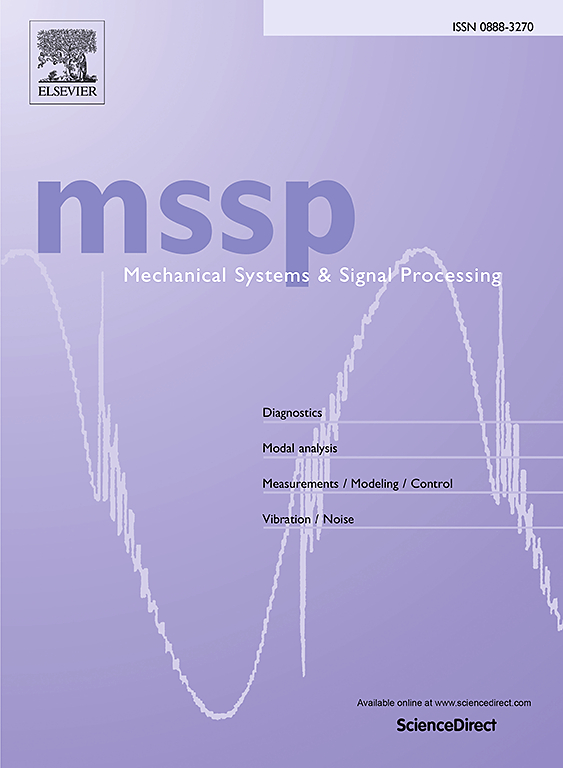诊断和健康管理大型模型概要:概念、范例和挑战
IF 7.9
1区 工程技术
Q1 ENGINEERING, MECHANICAL
引用次数: 0
摘要
预测与健康管理(PHM)是防止复杂系统发生意外故障和确保完成任务的关键技术,广泛应用于航空、航天、制造业、轨道交通、能源等领域。然而,PHM的发展和应用受到诸如泛化、解释和验证能力等瓶颈的严重制约。大型模型(LM)是生成式人工智能(AI)的一个典型和强大的代表,预示着一场技术革命,有可能从根本上重塑传统技术领域。它强大的泛化和推理能力为解决PHM现有的瓶颈提供了机会。为此,我们在系统分析PHM目前面临的挑战和瓶颈以及大模型的优势的基础上,提出了将大模型与PHM相结合的PHM大模型(PHM- lm)的新概念和相应的三种典型范式。此外,在这三种范式的框架内,为PHM- lm提供了一些可行的技术方法,以解决PHM面临的核心问题,并增强PHM的核心能力。并对PHM-LM在整个建设和应用过程中所面临的一系列技术挑战进行了深入探讨,为今后的研究提出建议。本文的综合努力提供了一个全面的PHM- lm技术框架,并为PHM的新方法、新技术、新工具、新平台和应用提供了途径,这也有可能创新设计模式、研究和管理;PHM的开发模式、验证和应用模式,即从传统定制到泛化,从判别方法到生成方法,从理想条件到实际应用。本文章由计算机程序翻译,如有差异,请以英文原文为准。
An outline of Prognostics and health management Large Model: Concepts, Paradigms, and challenges
Prognosis and Health Management (PHM), critical for preventing unexpected failures and ensuring task completion of complex systems, is widely adopted in the fields of aviation, aerospace, manufacturing, rail transportation, energy, etc. However, PHM’s developments and applications have been seriously constrained by bottlenecks like generalization, interpretation and verification abilities. Large Model (LM), a typical and powerful representation of generative artificial intelligence (AI), heralds a technological revolution with the potential to fundamentally reshape traditional technological fields. Its strong generalization and reasoning capabilities present opportunities to address those PHM’s bottlenecks existing. To this end, by systematically analyzing the current challenges and bottlenecks in PHM, as well as the advantages of Large Model, we propose a novel concept and corresponding three typical paradigms of PHM Large Model (PHM-LM) by the combination of the Large Model with PHM. Additionally, couples of feasible technical approaches for PHM-LM within the framework of the three paradigms are provided to address core issues confronting PHM and to bolster PHM’s core capabilities. Moreover, a series of technical challenges throughout the entire construction and application process of PHM-LM have been deeply discussed for further research recommendation. The comprehensive effort herein offers a comprehensive PHM-LM technical framework, and provides avenues for new methodologies, new technologies, new tools, new platforms and applications of PHM, which also potentially innovates design mode, research & development mode, verification and application mode of PHM, i.e., from traditional customization to generalization, from discriminative approaches to generative methods, and from idealized conditions to practical applications.
求助全文
通过发布文献求助,成功后即可免费获取论文全文。
去求助
来源期刊

Mechanical Systems and Signal Processing
工程技术-工程:机械
CiteScore
14.80
自引率
13.10%
发文量
1183
审稿时长
5.4 months
期刊介绍:
Journal Name: Mechanical Systems and Signal Processing (MSSP)
Interdisciplinary Focus:
Mechanical, Aerospace, and Civil Engineering
Purpose:Reporting scientific advancements of the highest quality
Arising from new techniques in sensing, instrumentation, signal processing, modelling, and control of dynamic systems
 求助内容:
求助内容: 应助结果提醒方式:
应助结果提醒方式:


